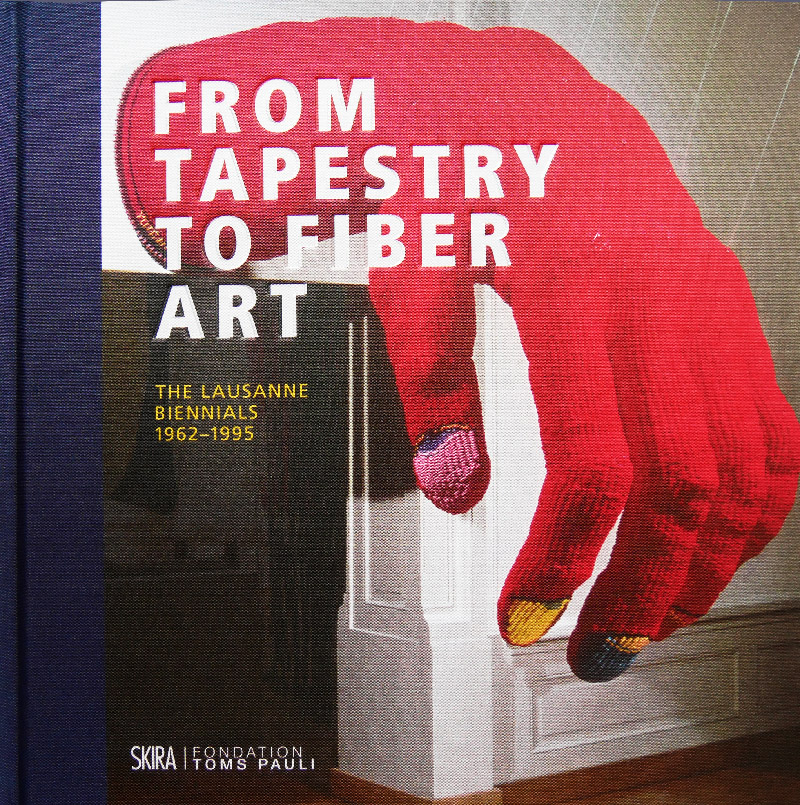 Das erste Buch über die Internationalen Biennalen der Tapisserie in Lausanne
Das erste Buch über die Internationalen Biennalen der Tapisserie in Lausanne
De la tapisserie au Fiber Art. Les Biennials de Lausanne 1962-1995
From Tapestry to Fiber Art. The Lausanne Biennials 1962-1995
Illustriert mit 200 mehrheitlich unveröffentlichten Abbildungen von Werken und Installationen, stellt dieses Buch die Geschichte der Internationalen Biennalen der Tapisserie in Lausanne dar. Es zeugt von der Bedeutung, Vitalität und weltweiten Ausstrahlung dieser Ausstellungen, die in 16 Ausgaben 911 Werke von mehr als 600 Kunstschaffenden aus aller Welt zeigten.
Nach dem Ende des Zweiten Weltkriegs findet die Kunst der Tapisserie zu neuer Blüte. Werkstätten und nationale Manufakturen in ganz Europa sind an dieser Erneuerung beteiligt. Mit der Durchführung einer Biennale der Tapisserie wird die Stadt Lausanne ab 1962 zum internationalen Schaufenster der zeitgenössischen Textilkunst. Die Veranstaltung, die sich als Ort der Begegnung, Inspiration und Konfrontation versteht, ist die bevorzugte Plattform für die Haupttendenzen dieser Kunstform, die dazu führen, dass sich die Wandtapisserie zur Textilskulptur und zur Fiber Art wandelt.
Verfasst von Giselle Eberhard Cotton und Magali Junet,
mit Beiträgen von Janis Jefferies, Odile Contamin, Keiko Kawashima, Marta Kowalewska, Jenelle Porter und Eric Rochat.
224 p., 25 x 25 cm, CHF 59.-, Euros 55.-, Livres Sterling 45.-, Dollars 60.-, Dollars CAN 80.-
Französische Ausgabe ISBN 978-88-572-3472-4
Englische Ausgabe ISBN 978-88-572-3471-7
Pressetext